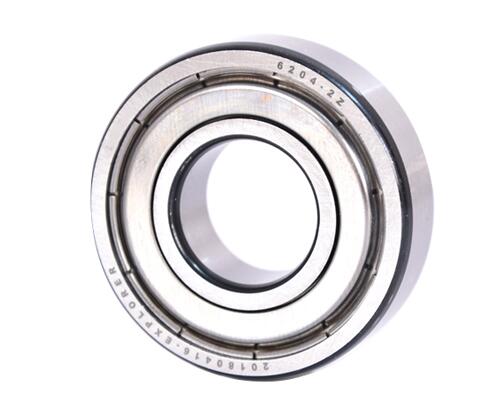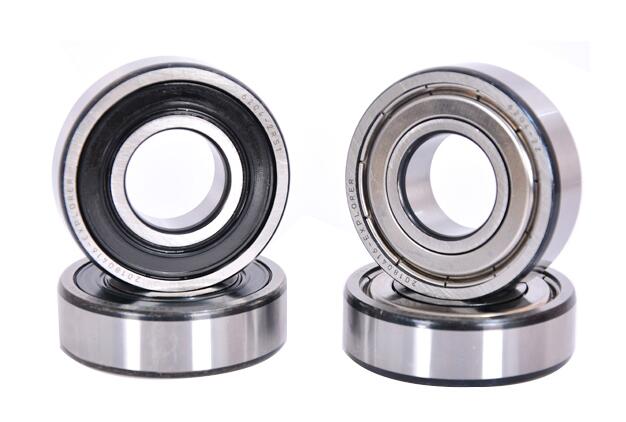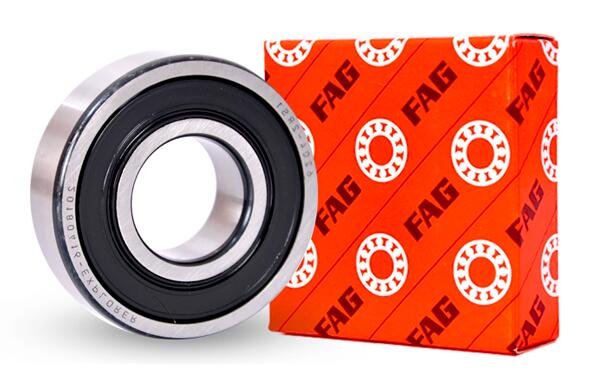Working Principle Of Automotive Wheel Bearings
2020-04-20 15:40 Author:admin Click:
In life, the number of automobiles is increasing, and the demand for hub bearings on automobiles is also increasing. Correct installation of automotive hub bearings can increase the driving safety factor of automobiles. Excessive wear and damage to bearings, if not replaced in time, will bring certain hidden dangers to driving safety.online FAG Bearings.
一. Working Principle of Hub Bearings
Hub bearings are divided into first, second and third generation hub bearings according to the structure. The first-generation wheel bearings are mainly composed of inner ring, outer ring, steel ball and cage. The working principles of the first-, second- and third-generation wheel bearings are similar to ordinary bearings. They use steel balls in the inner ring, outer ring or flange to roll Rolling in the road carries and rotates relatively, thus making the car drive.online FAG Bearings.
二. Abnormal sound of hub bearing
1. Characteristics of hub bearing abnormal noise
According to the working principle and stress characteristics of the hub bearing, its abnormal noise has three important characteristics: ① The hub bearing rotates with the wheel, and the frequency of the abnormal noise is proportional to the wheel speed. As the vehicle speed increases, the abnormal noise of the hub bearing continuously becomes stronger. Generally, the abnormal noise only occurs in a narrower speed section. ②The abnormal noise strength of the hub bearing is proportional to the load it bears. When the car turns, the hub bearing bears a large load, and the abnormal noise is more obvious. ③ The abnormal noise of the hub bearing is easily confused with the abnormal noise of the transmission systems such as tires, engines, transmissions, transmission shafts, and universal joints.online FAG Bearings.
2. The manifestation of abnormal noise of hub bearing
There are three main forms of abnormal noise in hub bearings:
online FAG Bearings.
(1) Buzz
The inner raceway of the hub bearing has defects such as wear, flaking, and indentation, or when the bearing is loose, it will continue to produce "gurgling" and "humming" abnormal noises. As the vehicle speed increases, the periodic grunt gradually turns into a buzzing sound, and when driving at a high speed, it eventually turns into a high-frequency whistling sound.
(2) Squeak
When the seal of the hub bearing fails, when the amount of internal grease is insufficient, the grease cannot form an oil film on the surface of the channel and the steel ball, causing contact friction between the channel and the surface of the steel ball, resulting in a sharp squeak.
(3) Giggling
When there are knock bumps on the surface of the steel ball inside the bearing, cracking of the steel ball, and the presence of hard foreign objects inside the bearing, the steel ball crushes the abnormal part of the raceway during driving, resulting in a "scream" abnormal noise.








